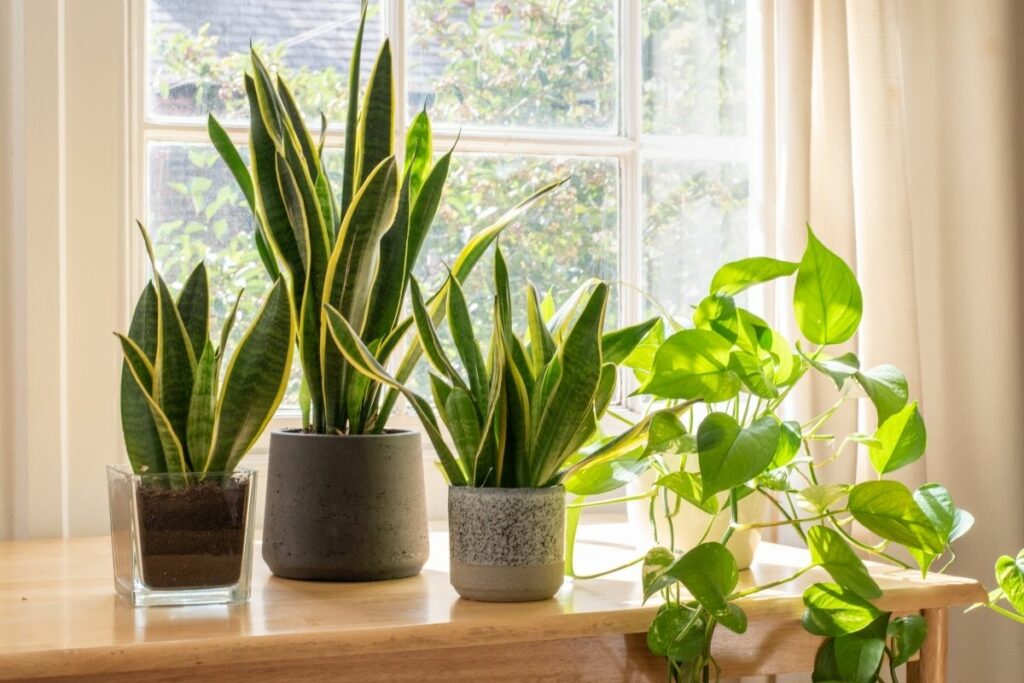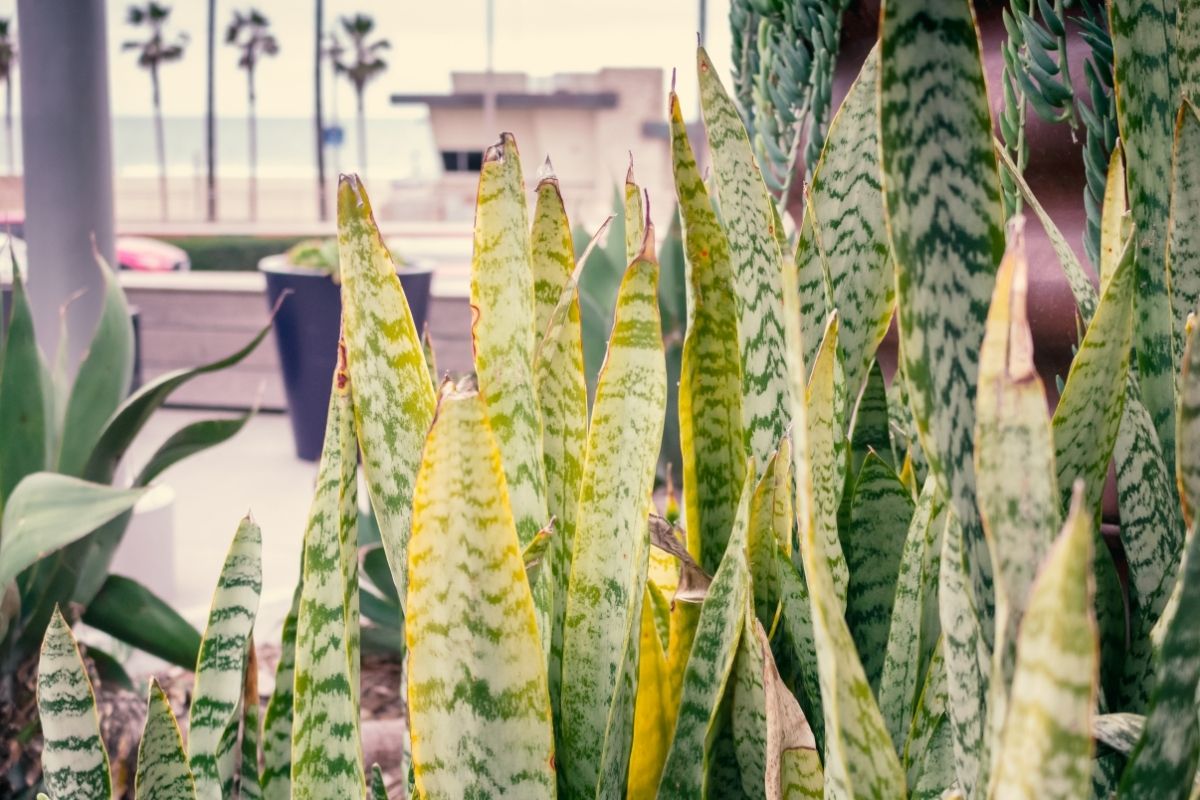If you have green fingers, you may want to grow a snake plant. Fortunately for you, we have all the information you could possibly need to grow one of these plants.
What Are Snake Plants?

Snake plants are also known as mother-in-law’s tongues because they look similar to the shape of a human tongue.
Its official name is dracaena trifasciata, though it also has other nicknames.
The leaves of snake plants are long, narrow, and green. These leaves are comparable to swords.
They are often confused with other types of plants such as begonias or philodendrons. However, unlike those two plants, snake plants do not have flowers. They can be grown indoors or outdoors and they prefer bright light but will tolerate some shade.
How Can I Grow A Snake Plant?
The first thing that you should know is that snake plants like to be watered regularly. You should water your snake plant once every week during the summer months and twice-weekly during the winter months.
When it comes time to water your snake plant, make sure to use only filtered tap water. This helps prevent diseases from spreading to your plant.
It is important to keep an eye on your snake plant so that you don’t overwater it. Overly wet soil can cause root rot which can lead to the death of your snake plant.
Root rot is a condition that can impact both indoor and outdoor plant varieties. The roots of your snake plant are very susceptible to this problem.
Therefore, if you notice any signs of root rot, you should immediately remove the affected part of your snake plant and dispose of it properly. As mentioned, this can be caused by watering a plant too much.
When it comes to fertilizing your snake plant, you should use a fertilizer specifically designed for houseplants. These fertilizers contain nutrients that help promote growth and increase the health of your snake plant.
Make sure to follow the directions on the label when using this type of fertilizer.
If you live in an area where there is a lot of rain, you may find that your snake plant gets too much moisture. In this case, you should consider placing your snake plant outside during the day.
You can bring it back inside at night. This way, you will get the best results possible while still keeping your snake plant safe from extreme weather conditions. After all, it will still require some direct sunlight, though indirect light is preferable.
If you notice any signs of pests on your snake plant, then you should take action immediately. Pests can damage your snake plant by eating its roots or leaves.
You should remove any pest infestation before it spreads throughout your entire garden. There are many ways to control pests including spraying insecticides and applying pesticides.
You should never let your snake plant dry out completely. Watering your snake plant regularly will help prevent it from becoming dehydrated.
If you notice that your snake plant has started to wilt, then you should place it in a cool location until it recovers. Be sure to water it frequently.
How Fast Does Snake Plant Grow?

Snake plants are a type of houseplant that grows very slowly. Depending on the size of your snake plant, it can take anywhere between three and five years for it to reach maturity.
Once mature, your snake plant will begin producing new leaves each year. Each leaf will remain green for about six weeks.
A mature snake plant can reach 12 feet tall, making it quite a large plant. However, the growth rate will vary. Some snake plants grow quickly while others grow more slowly.
Because of their slow growth rate, snake plants are generally considered indoor plants. If you want to grow them outdoors, you will need to provide them with adequate lighting.
In the span of a year, these plants can grow between 10 and 24 inches. As you can tell, this is quite a broad range. Therefore, you should expect some variations in terms of growth rate between different snake plants.
When growing your own snake plant, make sure to keep track of how fast they are developing so that you know what stage they are currently at. You can do this by taking note of the number of leaves that have been produced.
Also, you should check the height of your snake plant every few months. This will allow you to determine whether they have grown as expected. If you have kids, this can be a great activity for them to get involved with growing plants!
Frequently Asked Questions
How Can I Get My Snake Plant To Grow Quicker?
You can encourage your snake plant to grow faster by providing it with sufficient amounts of light. You should be careful to give it the right amount of water, avoiding giving it too much or too little hydration.
By keeping the plant in good conditions, you will promote its growth. That is not to say that it will not still take a while to grow.
What Nutrients Does My Snake Plant Need?
Your snake plant needs plenty of nitrogen and phosphorus. These two elements are essential for healthy growth.
Nitrogen helps your snake plant develop strong stems and leaves. Phosphorus is needed for the production of chlorophyll. Chlorophyll is responsible for turning sunlight into energy.
Without enough phosphorus, your snake plant will not be able to produce enough energy.
What Fertilizers Should I Use?
If you want to feed your snake plant, you should use a fertilizer specifically designed for them. However, you will want to be wary of over-fertilizing the plant.
These plants originate from quite rough conditions. If you want to fertilize the plant, consider doing it only once every few weeks.
Final Thoughts
The information provided here should give you a good idea of how fast snake plants grow.
Hopefully, you have learned something new today! We hope that this guide will have inspired you to grow a sensational snake plant. By following our tips, it will be near impossible for you to go wrong.
- Best Hanging Plant For Low Light - September 4, 2023
- Best Indoor Plants Florida - August 28, 2023
- Best Plants For Bathroom Smells - August 21, 2023








